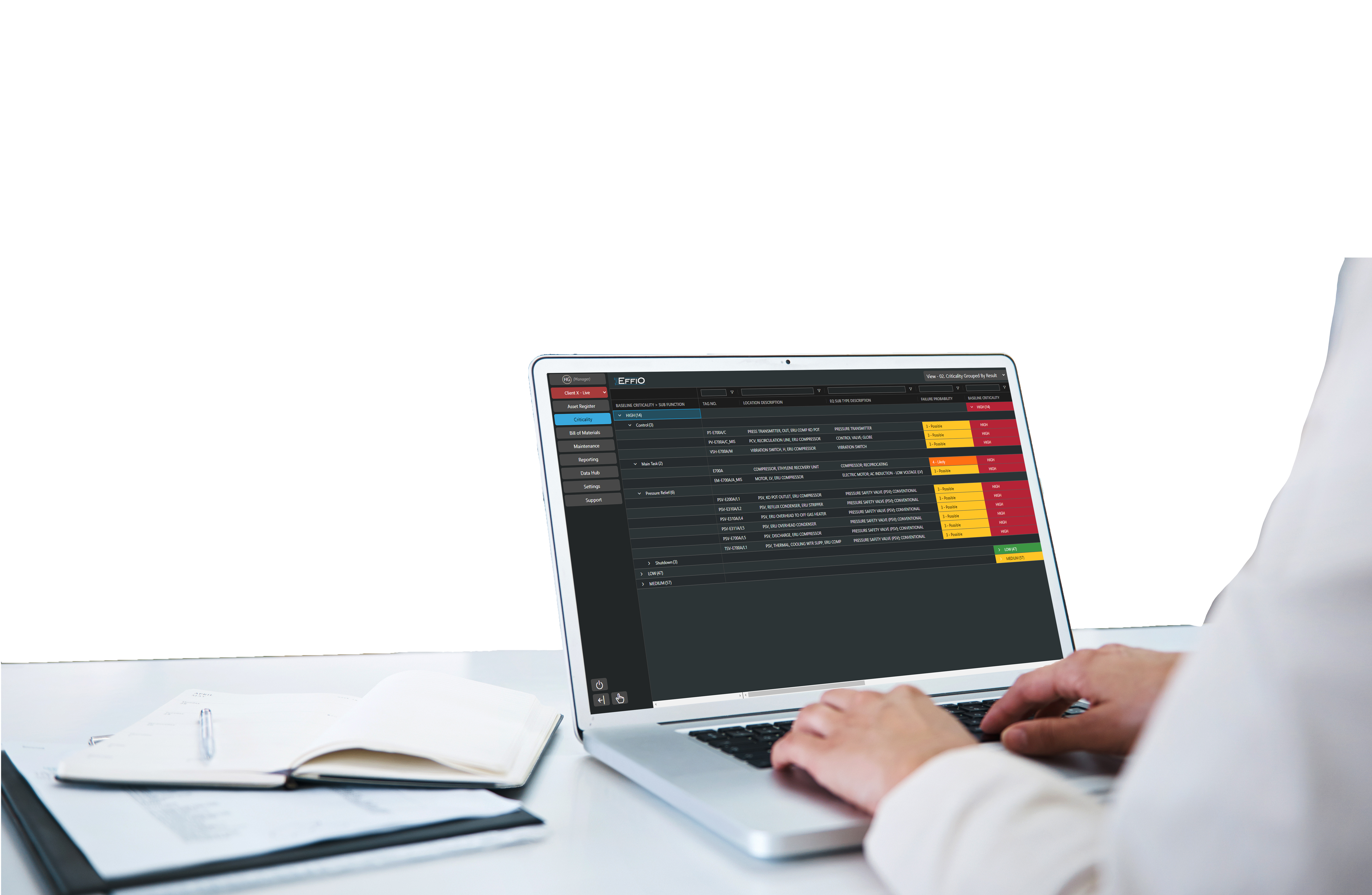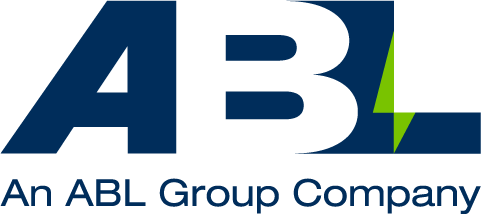Equipment Criticality, Risk Matrix, and Performance Standards Alignment
Project Objective: To prepare an equipment criticality review process document to be referenced in assessing the criticality of all equipment at the client’s asset. And to assess and criticality score all maintainable equipment at the asset for upload to the client’s CMMS.
Client: Provider of storage services for bulk liquids and gases
Location: Singapore
Project overview
ABL’s Asset Integrity Management team were contracted to prepare an equipment criticality review process document to be referenced in assessing the criticality of equipment at the client’s bulk storage asset (on site). ABL also provided all changes to the asset register and criticality scores as an upload file for the client CMMS.
The project was based on existing asset standards and other applicable local/international standards as well as ABL’s industry experience. It is expected that the criticality outputs will influence and guide the client’s maintenance function.
A fundamental part of the asset’s operations is effective management of the plant’s technical integrity. To assure this, it is imperative that all safety critical equipment and assets are identified, and the operational, maintenance and inspection routines are defined with the appropriate performance standard tasks.
Equally, to maintain the business obligations to customers at all times, it is important to identify all business critical assets, and put in place effective maintenance that will assure sustained reliability.

Challenges faced by the client
- The client had previously obtained an equipment criticality analysis from a local source however the outcome and findings were not detailed enough to understand how the classification had been decided.
- There was no audit trail or reasoning provided from the outsourced equipment criticality analysis to the client which created a vague decision process and low confidence.
- The client had a risk matrix that required updates with regards to likelihood and severity parameters.
- The corporate risk matrix procedures parameters required improved alignment with the parameters in the client’s 5×5 risk matrix table.
What we did
- ABL reviewed the scope of the client’s corporate guide document and found it was limited to the definition of the process for assessing equipment criticality within the asset.
- Through an iterative process, we explored the best reference parameters for the risk matrix and implemented the improvements to the client’s guide document.
- The risk matrix improvement is now contained within the client’s guide document and will provide a basis for future equipment criticality as their prescribed 5 year review cycle indicates.
- The process in the guide considers the aspects of Safety, Environmental, Economic and Business impact in determining equipment criticality. The scope also includes the definition of:
- Safety Critical Equipment (SCE)
- Safety Critical Asset (SCA)
- Business Critical Asset (BCA)
- Provided equipment criticality for all maintainable equipment and reviewed at site with the asset team.
As the project developed, ABL was contracted to conduct further work scopes that evolved in order to enhance the client’s existing Asset Register.
- Missing equipment was a specific scope added to capture more recently installed equipment and add to the existing Asset Register.
- Data cleansing of the existing Asset Register to provide more accurate data and consolidate the equipment class types.
Project deliverables
- Equipment class types were adjusted to align equipment by strategy at a later date, as part of the continuous improvement cycle over time.
- Significantly improved client guide document
- Criticality score for all maintainable equipment documented
- Addition of missing equipment to the Asset Register
- Existing Asset Register data cleansed and consolidated
The key project benefits
Consolidating and aligning the risk matrix procedure with the risk matrix improves consistency, efficiency, and accuracy in risk management, leading to better decision-making and enhanced compliance.
By applying generic rules to 80% of equipment class types, the remaining equipment is reviewed in detail with expert input from site personnel influencing the equipment criticality scoring. This enhances efficiency by automating most risk assessments while ensuring critical equipment receives special attention, leading to more accurate and informed risk prioritisation.
A robust risk matrix procedure aligned with the matrix allows for the application of generic rule sets to equipment class types, streamlining risk assessments and standardising processes.
Reviewing equipment criticality scores by exception in a workshop setting fosters team alignment and enhances knowledge sharing, leading to more informed and collaborative decision-making.

Software used for this project: Effio™
Effio™ is ABL’s cloud-based master data build and optimisation software capable of saving up to 50% on time and cost efficiencies compared to traditional methods. By seamlessly integrating with existing ERP, CMMS and workflows, Effio™ provides a one stop solution for controlled, efficient, consistent, and connected deployment of an asset management strategy.
Effio™ was used across the entire project scope for this client, providing the following benefits:
- Centralised data in one place with all changes (including approvals) recorded in the audit log
- Multi-user access promoting a collaborative working environment between the project team and the client
- Direct links to drawings for each location within Effio™ using the Library module
- Automated QA checks for each build category (Locations, Criticality)
- Automated Criticality calculations within Effio™ for each location
- Assessed the criticality of all locations as per the client’s criticality matrix, building the ruleset into Effio’s criticality module to ensure auditability of decisions.
